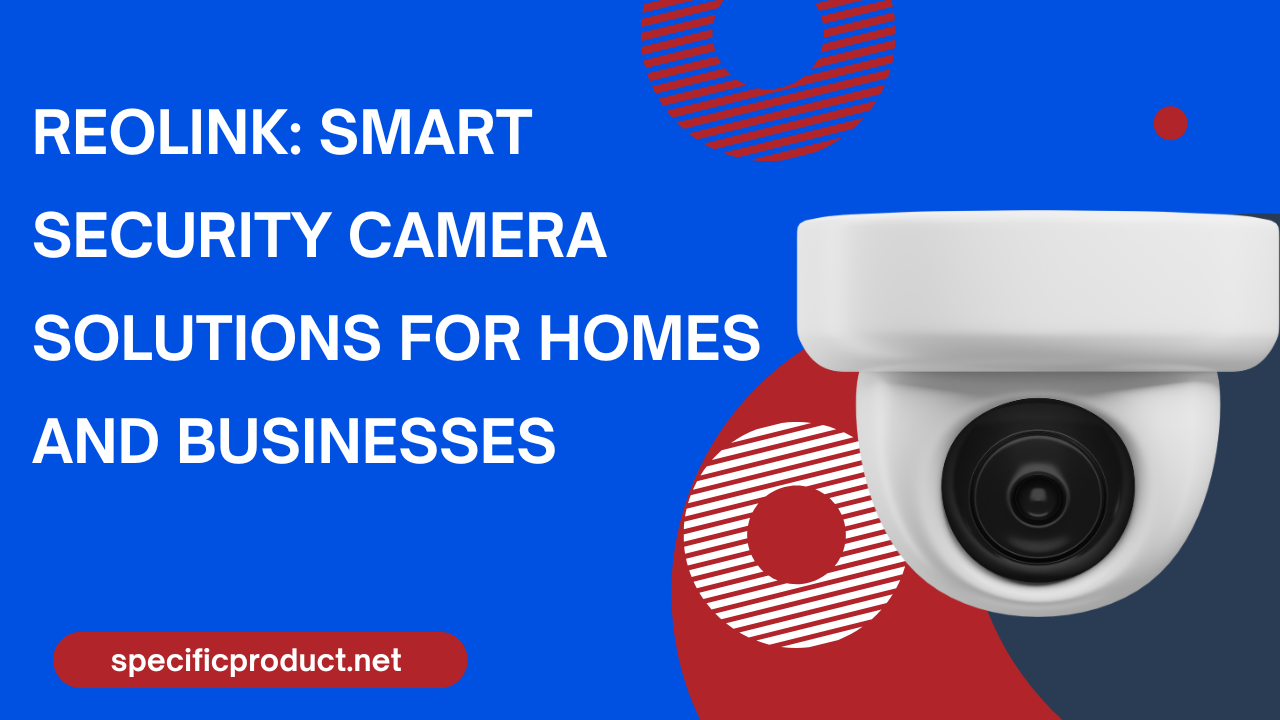


Exploring the Rise of Craft Cider: How Local Producers Are Changing the Market
Discover how Cider is making a powerful comeback in the beverage world. This blog post explores the rise of craft cider, highlighting how local producers are transforming the market with authentic flavors, sustainable practices, and artisanal craftsmanship. Learn what makes craft cider unique and why it’s becoming a favorite among modern drinkers.
Table of Contents
- 1 Introduction
- 2 What Is Craft Cider?
- 3 A Brief History of Cider
- 4 The Craft Revolution
- 5 Local Producers Leading the Way
- 6 The Art of Cider Making
- 7 Flavor Innovation in Craft Cider
- 8 Why Craft Cider Is Booming
- 9 Sustainability and Eco-Friendly Practices
- 10 Craft Cider and Local Economies
- 11 How Craft Cider Is Competing with Beer and Wine
- 12 Marketing and Branding in the Craft Cider Industry
- 13 Why Consumers Love Craft Cider
- 14 Popular Craft Cider Varieties
- 15 Craft Cider and Food Pairings
- 16 Challenges Faced by Craft Cider Producers
- 17 The Future of Craft Cider
- 18 Conclusion
- 19 Frequently Asked Questions
Introduction
Over the past decade, something refreshing has been bubbling up in the beverage world—craft cider. Once overshadowed by beer and wine, cider has made a remarkable comeback thanks to passionate local producers who are redefining what it means to enjoy this centuries-old drink.
Consumers today are drawn to authenticity, flavor diversity, and local craftsmanship—and craft cider fits perfectly into that trend. But what exactly sparked this revival? Let’s dive in.
What Is Craft Cider?
Craft cider isn’t just another trendy beverage; it’s a return to roots. Unlike mass-produced ciders that rely on concentrates and added sugars, craft cider focuses on real apples, small-batch fermentation, and minimal processing.
It’s made with care—often using traditional methods, heirloom apple varieties, and wild fermentation—to create unique flavors that tell a story of the orchard and the maker.
A Brief History of Cider
Cider dates back thousands of years, with origins in Europe, especially in regions like England, France, and Spain. It was once a staple drink for farmers and locals alike.
However, during the 20th century, cider lost its charm—overshadowed by beer, industrialization, and changing drinking habits. Today, thanks to the craft beverage revolution, cider is enjoying a well-deserved renaissance.
The Craft Revolution
Just as craft beer transformed the brewing world, craft cider is shaking up the apple scene. The same curiosity and appreciation for artisanal, small-scale production that fueled the craft beer boom are now pushing cider into the spotlight.
Consumers crave authenticity—something handmade, honest, and flavorful. Craft cider delivers exactly that, often with a side of local pride.
Local Producers Leading the Way
Across the world, small cideries are changing the game. These local producers emphasize quality over quantity and community over competition.
From Vermont’s Citizen Cider in the U.S. to Kentish Pip in the U.K., these artisans prove that regional apples and passionate craftsmanship can rival any big-brand drink. They’re not just making cider—they’re building culture around it.
The Art of Cider Making
Craft cider making is as much science as it is art. The process starts with apple selection—bittersharp, bittersweet, or dessert varieties—all influencing the final flavor.
Fermentation techniques vary from traditional wild yeast to modern temperature-controlled methods. The goal is balance, depth, and a taste that reflects nature’s best work.
Flavor Innovation in Craft Cider
One of the most exciting aspects of the craft cider movement is flavor innovation. Makers experiment with everything from berries and hops to spices and herbs.
Think of a crisp apple base infused with ginger, cinnamon, or elderflower. These creative blends not only attract adventurous drinkers but also expand cider’s possibilities beyond the expected.
Why Craft Cider Is Booming
So, why are people falling in love with cider all over again? There are a few clear reasons:
- Transparency and trust: Consumers prefer knowing where their drink comes from.
- Health consciousness: Cider often uses natural ingredients and less sugar.
- Sustainability: Supporting local orchards reduces environmental impact.
Craft cider perfectly aligns with these modern values, offering both taste and responsibility in one glass.
Sustainability and Eco-Friendly Practices
Craft cideries are often champions of sustainability. Many operate with a farm-to-bottle philosophy—growing, pressing, and fermenting on-site.
Eco-friendly practices like using wind power, recycling apple waste, and preserving heritage orchards are common. The result? A drink that’s as good for the planet as it is for the palate.
Craft Cider and Local Economies
When you buy a craft cider, you’re not just buying a drink—you’re supporting a community. Local cideries create jobs, sustain farmers, and drive agro-tourism.
Cider festivals, tasting rooms, and orchard tours attract thousands of visitors annually, boosting rural economies while educating consumers about sustainable farming.
How Wrike Can Streamline Your Team’s Workflow and Boost Productivity
How to Leverage Similarweb Data for Better Business Decisions
Exploring Reolink’s Innovative Features: The Future of Smart Security
PADI Diving Courses: Unlocking the Door to the Underwater World
Why ZoomInfo is Essential for Effective Business Intelligence in 2025
How Craft Cider Is Competing with Beer and Wine
Once considered a niche drink, craft cider is now competing head-to-head with beer and wine. Its natural sweetness and acidity make it perfect for food pairing, offering a refreshing alternative to heavy beers and bold wines.
Cider’s versatility—ranging from dry and crisp to sweet and sparkling—makes it a favorite among chefs and sommeliers alike.
Marketing and Branding in the Craft Cider Industry
Storytelling plays a massive role in the success of craft cider brands. Each label often carries a story about heritage, local apples, or the maker’s journey.
Social media amplifies these stories, connecting cideries directly with customers through photos, tasting notes, and behind-the-scenes content. The result? A growing, loyal following.
Why Consumers Love Craft Cider
People today care about what they drink. Craft cider appeals to:
- Health-conscious drinkers: Lower in alcohol than many alternatives.
- Adventurous palates: Offering innovative flavors beyond apple, like ginger, pear, and hibiscus.
- Eco-friendly consumers: Many producers prioritize organic farming and minimal waste.
Popular Craft Cider Varieties
The world of craft cider is diverse:
- Dry cider for a crisp, wine-like experience.
- Sweet cider for those who enjoy fruity richness.
- Flavored and spiced cider with additions like cinnamon, hops, or berries.
- Experimental blends where cider meets wine, beer, or even kombucha techniques.
Craft Cider and Food Pairings
Cider is surprisingly versatile with food. A dry cider pairs beautifully with sharp cheddar, while a spiced cider complements roasted pork. For dessert, a sweet cider alongside apple pie creates a match made in heaven.
Challenges Faced by Craft Cider Producers
Despite its rise, the industry faces hurdles. Distribution is tough for small producers, and alcohol regulations can be restrictive.
Moreover, consumer education remains crucial. Many drinkers still associate cider with overly sweet commercial brands. Changing that perception takes time—but the effort is paying off.
The Future of Craft Cider
The future looks bright and bubbly for craft cider. With more investment, collaboration, and innovation, it’s set to grow beyond local markets.
From gluten-free options to barrel-aged varieties, the possibilities are endless. Craft cider isn’t just a passing trend—it’s becoming a mainstay in modern drinking culture.
Conclusion
The rise of craft cider marks a return to simplicity, nature, and craftsmanship. Local producers are reshaping the market, one small batch at a time, proving that authenticity and quality never go out of style.
So next time you raise a glass of crisp apple cider, remember—you’re tasting more than just a drink. You’re celebrating a movement that blends tradition, innovation, and community.
Frequently Asked Questions
Craft cider uses real apples, natural fermentation, and small-batch production—unlike commercial ciders made from concentrates and added sugars.
In moderation, yes. Craft cider often contains fewer additives and can be lower in gluten and sugar.
Craft producers use cider-specific apples like Kingston Black, Dabinett, and Yarlington Mill for richer, more complex flavors.
Absolutely! With fresh apples, yeast, and patience, you can experiment with small batches of homemade cider.
Visit nearby farmers' markets, specialty liquor stores, or attend local cider festivals to discover small producers in your region.
Recent Post


How Reolink Performs in Affiliate Marketing Campaigns

Renderforest Review: Video Marketing Made Easy for Agencies

How Remote Teams Improve Marketing Productivity

Lightspeed Commerce Review: Best POS for Growing Retail Brands

Why Lightinthebox Is a Profitable Choice for Affiliate Marketers

How Lightinthebox Helps Agencies Drive Global E-Commerce Sales

Anker au: Premium Charging Solutions for Modern Devices

pCloud Review: A Complete Product & Services Analysis

Reolink: Smart Security Camera Solutions for Homes and Businesses







